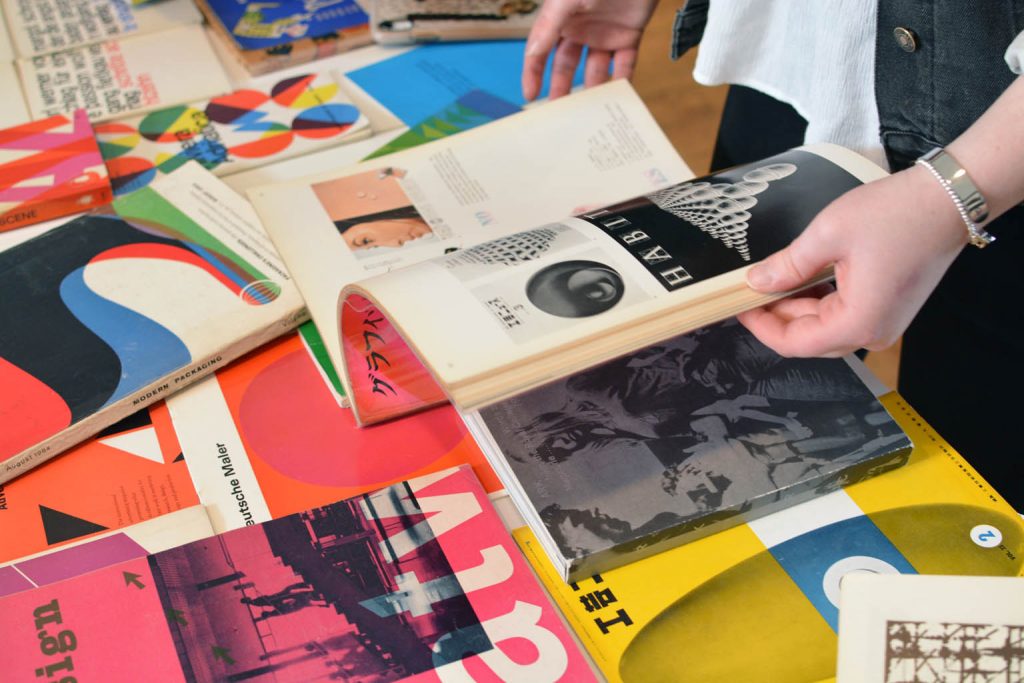
Hi, my name is Matt Lamont and I have collected printed matter for over a decade. Design Reviewed is a personal project dedicated to digitally preserving graphic design history and documenting the vast visual culture from the last century.
My current collection of design artefacts contains over 5,000 artefacts of printed matter, spanning 150 years of graphic design history. From rare graphic and architecturally focused periodicals such as Typografia, Architectural Design and Typographische Monatsblatter and National Theatre programmes designed by Ken Briggs. To mid-century colourful folded maps and illustrated German film posters designed by Hans Hillmann.
By drawing on historical design artefacts, the articles provide valuable insight into the evolution of graphic design as a discipline and its ongoing impact on visual culture.
Through my archive and Design Reviewed, I bring the rich history of graphic design to life through workshops and lectures, both in-person and online. Leveraging my extensive archive of graphic design history, I’ve inspired students across the globe, including those at renowned institutions such as the IED (Istituto Europeo di Design) in Milan, LABASAD (Barcelona School of Arts and Design), Peter Behrens School of Art, Dusseldorf and Arts University Bournemouth, and many more. These sessions are meticulously curated, featuring hundreds of design artefacts that ignite engaging discussions and introduce students to the history of the craft.



